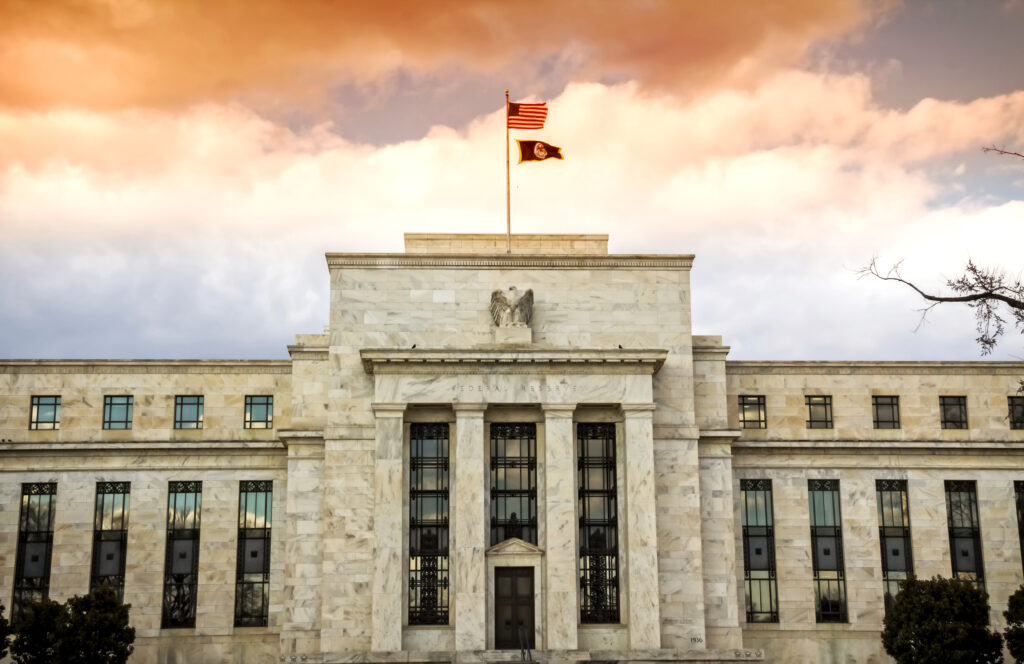Darius joined our friend SpotGamma last week for their ‘PNL for a Purpose’ interview series to discuss our Macro Weather Model, Liquidity, the US economy, and more.
If you missed the interview, here are the three most important takeaways from the conversation that have significant implications for your portfolio:
1. Our Macro Weather Model Currently Indicates A Poor Three-Month Outlook For Asset Markets
At 42 Macro, we monitor several crucial economic cycles simultaneously. We track five Real Economy Cycles: growth, inflation, the labor market, corporate profits, and fiscal policy. Additionally, we track five Financial Economy Cycles: liquidity, credit, interest rates, and investor positioning from both a fear and greed perspective.
We have developed our Macro Weather Model to systematically assess our position within these cycles and their potential impact on asset markets over the medium term.
Currently, our Macro Weather Model forecasts a bearish outlook for both the stock and bond markets, a bullish outlook for the US Dollar, and a neutral outlook for commodities and Bitcoin.
2. Up Until Recently, The Treasury Department Had Been Contributing To Positive US Liquidity Dynamics In This General Election Year
We track US Liquidity via our 42 Macro Net Liquidity model, which is calculated by taking the Federal Reserve Balance Sheet and subtracting the Treasury General Account (TGA) Balance and the Reverse Repo Program (RRP) Balance.
Since Q2 2023, the Treasury has been drawing down the RRP balance to finance itself, reducing the balance from $2.5 trillion to $506 billion. This reduction has positively influenced asset markets.
However, since last month, the decline in the RRP balance has stalled out and is no longer supportive of liquidity, contributing to the recent correction observed in asset markets.
3. A “No Landing” Remains Our Highest-Probability Economic Scenario For The US Economy On A NTM Time Horizon
We forecast growth and inflation using our statistical models, which predict growth to be above consensus and inflation to remain above the Fed’s 2% mandate over the next year.
While we are not concerned about a recession, we are wary of the potential for asset markets to reprice the forward rate curve, similar to what happened in 2022. Currently, significant rate cuts are being priced in: two cuts in 2024, two in 2025, one in 2026, and one or two more for the longer term.
However, the forward rate curve could flatten over the medium term if the Federal Reserve and Treasury ceased supporting asset markets with dovish net financing policies and dovish forward guidance.
That’s a wrap!
If you found this blog post helpful, explore our research for exclusive, hedge-fund-caliber investment insights you can act on today.


